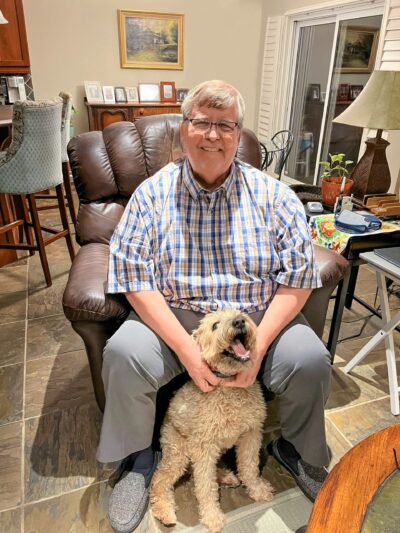In addition to the general wear and tear on a cellular level, outlined in Part One of this article, the second cause of aging is the body’s decreasing ability to remove old dysfunctional cells and proteins.
When we are young, our immune system easily disposes of faulty cells. However, as we get older, chronic inflammation causes senescence — a process by which a cell ages and permanently stops dividing but does not die.
Senescent cells build up with age because our body has more cells to dispose of and our immune systems cannot keep up. This buildup drives more damage, more inflammation and less immune function.
“Most cells carry out their functions via the proteins they create. If DNA is the blueprint for a house, and cells are the construction workers, then proteins are the wood, nails and drywall.”
Like most tools and supplies, proteins can get messed up. They are referred to as misfolded proteins and there are ways to fix them. However, with age, the repair process slows down, increasing the quantity of misfolded proteins increase and causing problems. Alzheimer’s is one of the dreaded diseases associated with bad proteins that formed plaques and tangles in the brain.
One way the body disposes of misfolded proteins, as well as other malfunctioning parts of cells, is through a process known as autophagy, which means “self-eating” in Greek. Autophagy is the body’s way of disposing garbage in the cells.
Unfortunately, autophagy declines with age. Some drugs that are being studied for their effect on aging, but we don’t have anything concrete yet.While anti-aging therapies are not yet ready for us to use, scientists optimistic that in the future we will have them. In the meantime, smart lifestyle choices, such as exercise and good nutrition will help us slow down the aging process.
By Peter Yurek, BScPhm
Adapted from Dana G. Smith’s article, New York Times
When we are young, our immune system easily disposes of faulty cells. However, as we get older, chronic inflammation causes senescence — a process by which a cell ages and permanently stops dividing but does not die.
Senescent cells build up with age because our body has more cells to dispose of and our immune systems cannot keep up. This buildup drives more damage, more inflammation and less immune function.
“Most cells carry out their functions via the proteins they create. If DNA is the blueprint for a house, and cells are the construction workers, then proteins are the wood, nails and drywall.”
Like most tools and supplies, proteins can get messed up. They are referred to as misfolded proteins and there are ways to fix them. However, with age, the repair process slows down, increasing the quantity of misfolded proteins increase and causing problems. Alzheimer’s is one of the dreaded diseases associated with bad proteins that formed plaques and tangles in the brain.
One way the body disposes of misfolded proteins, as well as other malfunctioning parts of cells, is through a process known as autophagy, which means “self-eating” in Greek. Autophagy is the body’s way of disposing garbage in the cells.
Unfortunately, autophagy declines with age. Some drugs that are being studied for their effect on aging, but we don’t have anything concrete yet.While anti-aging therapies are not yet ready for us to use, scientists optimistic that in the future we will have them. In the meantime, smart lifestyle choices, such as exercise and good nutrition will help us slow down the aging process.
By Peter Yurek, BScPhm
Adapted from Dana G. Smith’s article, New York Times








